When the opportunity to score for a dance production fell into Mizu Issei’s hands, she immediately seized it. “Last year, in November, I was opening for Tim Hecker at Pioneer Works, and then these two choreographers [Baye & Asa] happened to be in the audience for that show,” she says, reflecting on how she managed to compose the score for 4 | 2 | 3 by chance. A few days later, Issei received an email from the two and was ecstatic: “It was quite a delightful surprise because I feel like I’ve wanted to score something and work with dancers for quite a long time.”
The New York-based composer and contemporary cellist performs as MIZU, cultivating variegated, harmonic soundscapes, acting as a guiding hand through tranquil and calamitous introspection. In her small, yet emerging discography, Issei’s stunning exploration of self-actualisation as a queer person can compel many to probe themselves. Where she uses a cello as her principal voice, she also foregoes its historically woody timbre with electronic manipulation. “I don’t know what the right word is, but those sort of odd sounds—alien sounds—I’ve always been so excited by,” Issei says. Those crushing catharses, in confluence with auditory moments of serene blossoming, complete those existential journeys: “My first album [DISTANT INTERVALS] was like, ‘How do I tell my story through pitch and more palatable ingredients?’ Then in FOREST SCENES, I combined that with more sound design and experimental textures.”
—
The narrative of 4 | 2 | 3 is very much in Issei’s wheelhouse. Baye & Asa’s production is based on the Riddle of the Sphinx, which asks: “What has four legs in the morning, two during the day, three at night?” Following the structure of a human life, each section is divided into three generations of performers. Commissioned by the Baryshnikov Arts Center in New York and premiered in Spring 2024, the production has received critical praise—that extends to the music. Although much of her output comes from a personal place, connecting with this external cue wasn’t a challenge. “I feel like it’s such a universal theme that we all think about in some shape or form, whether consciously or unconsciously,” Issei says. “I thought, ‘Okay, I could, through my musical language—my cello and all the tools I have at my disposal—bring my own voice to this piece.’”
She did, indeed, bring her own voice: As a whole, 4 | 2 | 3 is a detour from her previous work, playing as a continuous, hour-long lament, almost exclusively informed by sinister and brutal tonalities. While her albums have some elements of this turbulence, they still carried a broad sense of hope or optimism. Interestingly, composing from this intense and haunting cue came to her naturally. “On a personal standpoint, I was actually preparing to have my first surgery around the time,” Issei tells me, “it was all around this time where I was having lots of existential feelings, very, very intense feelings about life and existence.”
—
What surprises me most is how late Issei was enlisted in composing the production. Joining in close to its completion, Baye & Asa had already done the casting and narrative. She admits that she walked into the writing process thinking that people choreographed to the music, not vice versa, so serving the arc using the structure of the scenes created an interesting exchange. For instance, the scene “Mob” already had fixed choreography: “[Baye & Asa] came to me like, ‘We have this tempo, we want it to be very percussive,’” says Issei. “They choreographed a lot of it to this metronome at a tempo, and then they said, ‘Work around that metronome tempo.’ That was a really cool challenge for me because it’s not really the kind of music I would compose on my own.” Writing scene by scene with unconventional directions and prompts gave Issei the chance to explore ways of composing she’s always wanted to try, but never has done so in her own projects. Even the drone-based scenes like “Fallout” pushed her to dive deeper into more experimental, textural sound design, which she “really loves.”
By no means was it easy scoring though. “It was quite a massive undertaking to do an hour-long project in basically three months,” she admits. “It was probably the most challenging project I’ve done.” Having never created music on such a large scale before, especially as a continuous piece, was quite daunting for Issei. Usually, when writing music, she has no idea on what the length will be—the material itself informs its length. So, for 4 | 2 | 3, Baye & Asa would provide rough timestamps for each scene, which gave Issei more structure to work with. Even gauging the interaction between the music and dance was a learning experience, where the dancers may be working with their own internal counts different to Issei’s beatless music. “I think part of my preconceived notions before starting the score was that music and dance always have to be connected,” Issei says, “but with this and working with the dancers, they would say, ‘In parts of this, that actually doesn’t need to connect, it’s more loose and free.’”
For an artist whose work is so personal, there’s still an openness for other people’s narratives or interpretations. I ask Issei if she had to balance how much she put herself into 4 | 2 | 3 and what Baye & Asa were offering, and she says it didn’t cross her mind at all. “I think I definitely had to have a lot of trust in the choreographers, and they were constantly providing feedback.” Working with an external narrative is inherently less personal, but Issei could still “unleash her voice” in Baye & Asa’s world as much as she does in her own material. After all, she loves to collaborate, be it bringing others into the fold of her music, “leaving room for them to shine and bring their own voice,” or even being brought into someone else’s world—like with this score. “It’s an interesting marriage between different voices coming together to serve the storytelling.”
—
Scoring is something Issei has always wanted to do. From a young age, she loved musical theater (the first composition she made was a “very silly and very cute musical” at nine years old), performance, and dance, the latter being “so magical” to her. She takes the time to tell me about a specific performance that resonated with her, the first she’d seen following the COVID-19 lockdowns. It was Lucinda Childs’s DANCE performance, which features music by Philip Glass and minimalist art by Sol LeWitt. Watching the trio’s acclaimed production at New York’s Joyce Theater left her in tears. “I was just balling, it was just so beautiful. The score is just so magnificent,” Issei enthusiastically tells me, “I think at that moment, I was like, ‘Oh, what a dream it would be to make music for dancers,’ and then this [score for 4 | 2 | 3] was like a dream come true.” Despite the tumult she’d been facing with her surgery, she had to take up the opportunity. “That’s the way. It’s just the existential tomorrow: the opportunity presents itself. I was just like, ‘I’ve been waiting for this. I’m having it.’”
—
The world of MIZU continues to grow, with more collaborative works on the horizon. “One of them is a short, which I’m very excited about, and then the other is a dance piece to be shot on film,” Issei reveals. “Then, I did a little bit of music for a documentary, which might come out next year. It’s all very exciting.” Even if these projects aren’t inherently personal, she still preciously treats them as such. “Each project is like a child. I never want to repeat myself, but that becomes harder and harder with each one. How do I flip everything on its head? But also, how do I still maintain my own voice?” She tells me with a laugh that scoring is tough work, but that she loves it and it’s fun. A new album is also underway: “I’ve been working on my next solo record for like a year and a half… I feel I’m at the most anguishing time where it’s like, I just have to let it out.”
Now that the 4 | 2 | 3 score is released standalone, it’s divorced from the dance. Issei views its transformed context as something constructive. “I personally love that about a lot of scores,” she says, “they can take on new life when heard on their own. It can be anything, right?” That too can be drawn to Issei’s musicianship, where with any aesthetic and emotive palette, she can deftly explore all sorts of existential questions through her music: “What am I saying with this? Is this even worth being heard? At the end of the day, I want to sing with whatever sounds I’m working with, and I want it to speak to the listener.” Such a sublime form of self-expression has indisputably cemented Issei as a leader in the queer community and among contemporary cellists. It’s tremendously exciting that she is ready to unveil so much more.
4 | 2 | 3 is available on Bandcamp. You can follow MIZU for updates and tour dates over on Instagram.
Cover photo by Tanner Pendleton


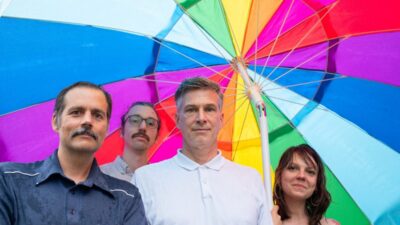
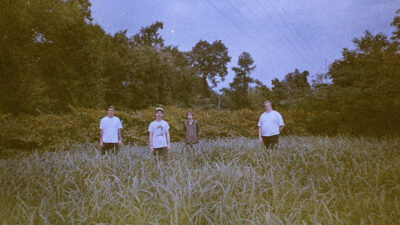
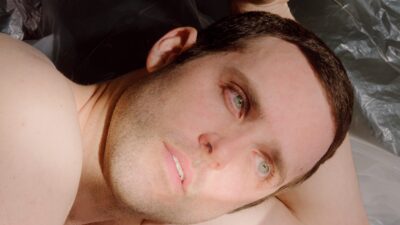

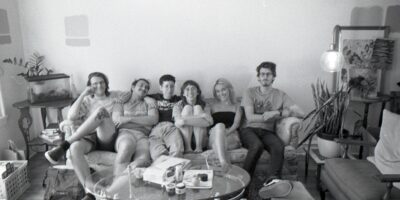
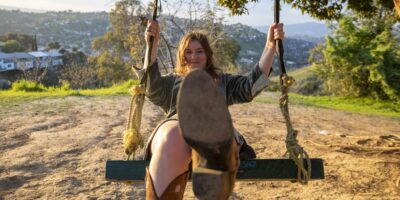

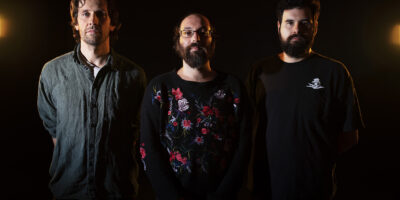






Comments